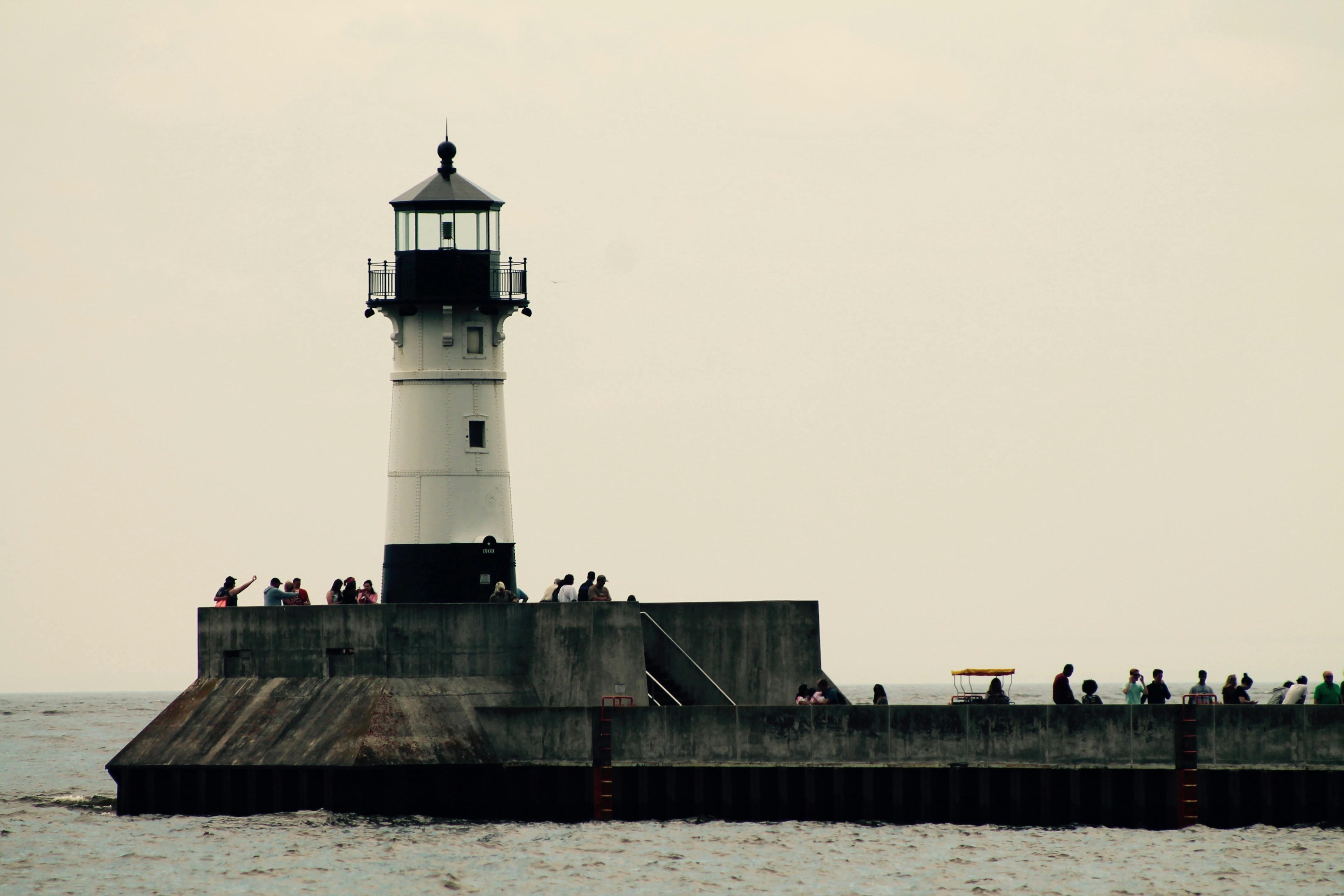
Visit to Konya (Turkey) in Love of Rumi
admin
- 0
My longtime dream came true when I visited Konya, Turkey in the first week of April 2017, to pay my respects to the great 13th century Sufi saint, dervish, philosopher, spiritual leader and preacher of divine love, Maulana Jalaluddin. rumi. Rumi do not belong to a particular religion or sect. His words of wisdom and his message of love is for all humanity, regardless of their religious beliefs.
The ancient city of Konya is the second most visited city in Turkey after Istanbul. In addition to its historical significance, Konya has become a pilgrimage city not only for Muslims but also for people of other faiths who seek spiritual guidance from Rumi’s poetry and treat Rumi as their spiritual leader. Rumi spent most of his life in Konya and was buried there. In 1927, his monastery was converted into a museum called the Mevlana Meuseze or Maulana Museum. Maulana is a religious title of respect. In the west, Maulana is known as Rumi and the museum is named after him as Rumi Museum.
Mevlana Jalaluddin Rumi was born in Balkh (now Afghanistan) in 1207 and came to Konya along with her parents when she was only 12 years old. Rumi became a great religious scholar of his day and began to teach Quran and Islamic Sharia to his students. After meeting Shams Tabriz at the age of 37, his whole life changed. He became a whirling dervish and followed in the footsteps of the Murshed Shams of him.
Shams Tabriz filled Rumi’s heart with Divine spiritual illumination and taught him the knowledge that he could not learn from books. After that, Rumi started to write poetry. She wrote 70,000 verses in a period of 25 years. Rumi’s poetry, written in Persian, has been translated into all the world’s leading languages, making Rumi the world’s best known, respected and widely read poet.
The Rumi Museum is open daily from 10:00 a.m. to 4:30 p.m. and admission is free. Before entering the Rumi shrine, everyone is required to wear thin plastic shoe covers out of respect for the holy place. In the main hall there are many tombs of Rumi’s family and followers. Rumi’s tomb is covered in a large thick gold-embroidered cloth with a large green turban placed over it. Besides his tomb, there is the tomb of Rumi’s father, Maulana Bahauddin Valed.
In the next room, placed in the glass cabinets, are Rumi’s handwritten poetry books in Persian language, the Holy Quran handwritten in various periods, clothes belonging to Rumi and his son Sultan Veled, caps belonging to Rumi and his Murshed Shams Tebriz. , etc. Next is the prayer room for men and women. The main sanctuary was built by the Seljuk emperors, while the rooms in front of the main sanctuary were added in the time of the Ottoman sultans and became part of the Rumi Museum.
Rumi left this world on December 17, 1273. This day is remembered every year as his departure from this world and his “wedding with God.” Every year on December 17, pilgrims from all over the world come to Konya to pay their respects to the great poet and Sufi saint of the 13th century. They participate in religious ceremonies and witness whirling dervishes performing live in front of pilgrims.

